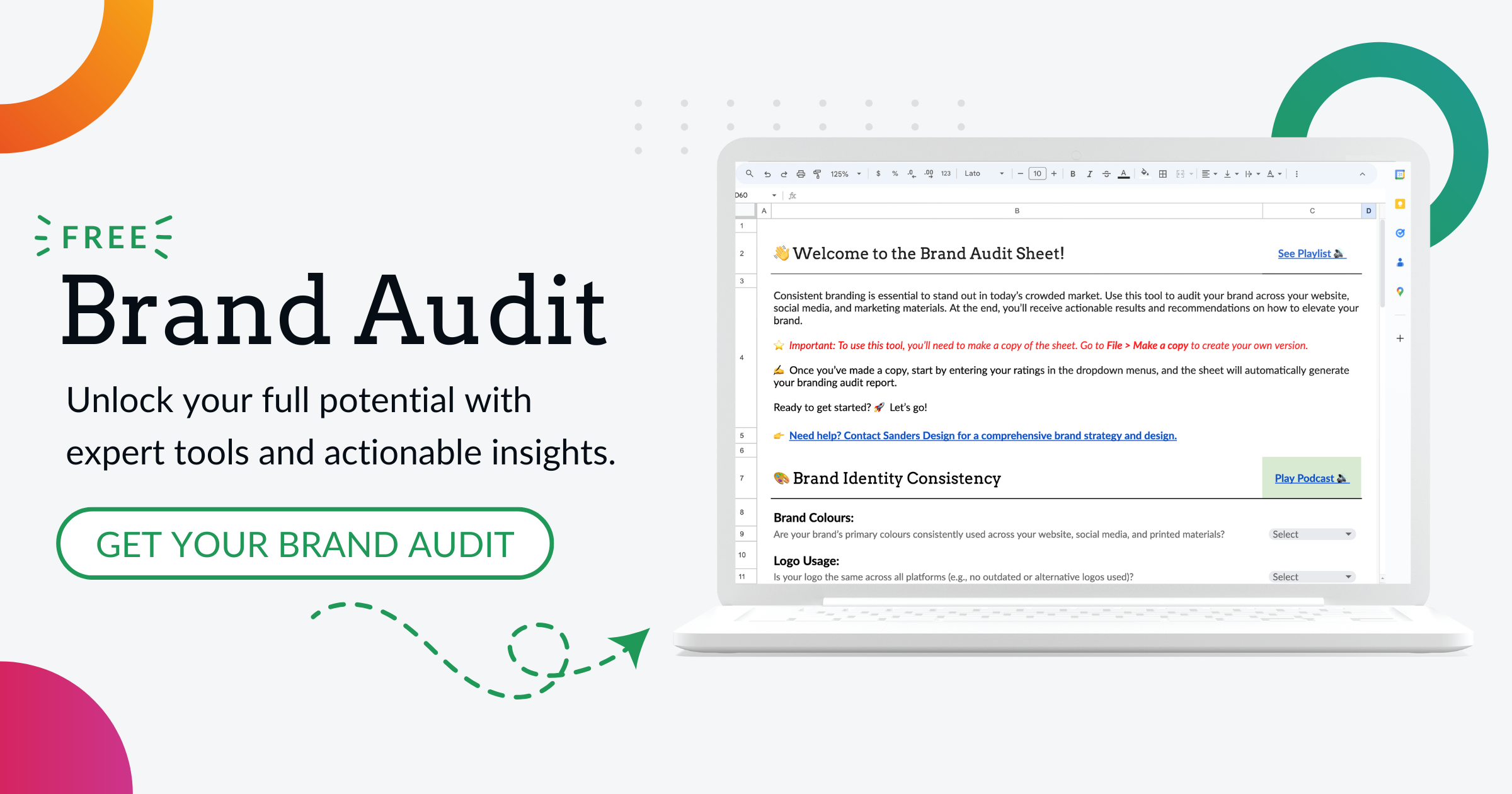Creating Stunning Websites in Failsworth: Web Design Done Right

The importance of web design is paramount. Your website frequently serves as the initial interaction potential customers have with your business, and first impressions are crucial. A well-crafted website not only attracts attention but also conveys your brand’s values and professionalism effectively.
For small businesses in the UK, particularly in regions like Cornwall, having a visually appealing and functional website can set you apart from competitors. It’s not just about aesthetics; effective web design enhances user experience, making it easier for visitors to navigate your site and find the information they need. This can lead to increased engagement, higher conversion rates, and ultimately, more sales.
Moreover, web design plays a crucial role in establishing credibility and trust. A poorly designed website can raise red flags for users, leading them to question the legitimacy of your business. On the other hand, a polished and professional site instils confidence in your brand.
This is especially important for local businesses that rely on community trust and word-of-mouth referrals. By investing in quality web design, you’re not just creating a digital presence; you’re building a foundation for your brand’s reputation. In essence, effective web design is an investment in your business’s future, ensuring that you attract and retain customers in an increasingly competitive online marketplace.
Choosing the Right Web Design Tools and Platforms
Choosing the Right Web Design Tools
Selecting the right web design tools and platforms is a crucial step in creating a successful online presence. With numerous options available, it can be overwhelming to determine which tools best suit your needs. For many small businesses in the UK, WordPress has emerged as a popular choice due to its flexibility and user-friendly interface.
Customisation and Ease of Use
It offers a wide range of themes and plugins that allow you to customise your site without needing extensive coding knowledge. This means you can create a unique online identity that reflects your brand while also ensuring that your website is functional and easy to manage. In addition to WordPress, there are other platforms worth considering, such as Wix or Squarespace, which provide all-in-one solutions for those who prefer a more guided approach to web design.
Evaluating Your Needs and Options
These platforms often come with drag-and-drop features that simplify the design process, making it accessible even for those with minimal technical skills. However, it’s essential to evaluate your specific needs before making a decision. Consider factors such as scalability, e-commerce capabilities, and SEO features when choosing a platform.
Empowering Your Business Growth
The right tools will not only streamline the design process but also empower you to maintain and update your website effectively as your business grows.
Incorporating User-Friendly Navigation and Interface
User-friendly navigation is a cornerstone of effective web design. When visitors land on your site, they should be able to find what they’re looking for quickly and effortlessly. A well-structured navigation menu helps guide users through your content, reducing frustration and encouraging them to explore further.
For small businesses in Cornwall, this means organising information logically-grouping related services or products together and using clear labels that resonate with your audience. Intuitive navigation not only enhances user experience but also keeps visitors on your site longer, increasing the likelihood of conversions. In addition to navigation, the overall interface of your website should be designed with the user in mind.
This includes considering elements such as button placement, font size, and colour schemes that align with your branding while remaining easy on the eyes. A cluttered or confusing interface can deter potential customers from engaging with your content. Instead, aim for a clean and cohesive design that allows users to focus on what matters most-your products or services.
By prioritising user-friendly navigation and interface design, you create an inviting online environment that encourages visitors to return and engage with your brand.

Utilising Engaging and High-Quality Visual Content
Visual content is a powerful tool in web design that can significantly impact user engagement. High-quality images, videos, and graphics not only enhance the aesthetic appeal of your website but also convey information more effectively than text alone. For businesses in the UK, particularly those in visually-driven industries like hospitality or retail, showcasing products or services through compelling visuals can capture attention and evoke emotions.
Investing in professional photography or graphic design can elevate your brand’s image and create a lasting impression on visitors. Moreover, engaging visual content can help tell your brand’s story in a way that resonates with your audience. Infographics, for instance, can simplify complex information and make it more digestible for users.
Videos can provide an immersive experience that showcases your products in action or shares customer testimonials that build trust. By incorporating diverse forms of visual content into your web design strategy, you not only enhance user experience but also encourage social sharing and increase the likelihood of conversions. Remember, in a world where attention spans are short, captivating visuals can make all the difference in keeping visitors engaged with your brand.
Implementing Responsive and Mobile-Friendly Design
With an increasing number of users accessing websites via mobile devices, implementing responsive design is no longer optional; it’s essential. A responsive website automatically adjusts its layout based on the screen size of the device being used, ensuring that users have a seamless experience whether they’re browsing on a desktop or smartphone. For small businesses in Cornwall looking to reach local customers effectively, having a mobile-friendly site can significantly enhance accessibility and user satisfaction.
Google also prioritises mobile-friendly websites in its search rankings, meaning that responsive design can positively impact your visibility online. Creating a mobile-friendly experience involves more than just resizing images or text; it requires thoughtful consideration of how users interact with your site on different devices. This includes optimising loading times, simplifying navigation for touch screens, and ensuring that all elements are easily clickable without zooming in.
By prioritising responsive design, you demonstrate to potential customers that you value their experience and are committed to providing them with the best possible service-regardless of how they choose to access your site. In today’s fast-paced digital landscape, this commitment can set you apart from competitors who may overlook the importance of mobile optimisation.

Optimising for Search Engines and User Experience
Search engine optimisation (SEO) is a critical component of web design that directly influences how easily potential customers can find your site online. By incorporating SEO best practices into your web design strategy, you enhance both visibility and user experience simultaneously. This includes using relevant keywords throughout your content, optimising meta tags, and ensuring that your site loads quickly-all factors that search engines consider when ranking websites.
For small businesses in the UK looking to attract local customers, focusing on local SEO strategies can help you stand out in search results specific to your area. However, SEO isn’t just about attracting traffic; it’s also about providing value to users once they arrive at your site. A well-optimised website should offer informative content that answers visitors’ questions while guiding them toward taking action-whether that’s making a purchase or contacting you for more information.
By balancing SEO efforts with user experience considerations, you create a website that not only ranks well but also engages visitors effectively. This holistic approach ensures that you’re not just driving traffic but also converting visitors into loyal customers who appreciate the value you provide.
Testing and Improving Website Performance and Usability
Once your website is live, the work doesn’t stop there; ongoing testing and improvement are vital to maintaining optimal performance and usability. Regularly monitoring key metrics such as page load times, bounce rates, and user engagement can provide valuable insights into how well your site is performing. For small businesses in Cornwall, utilising tools like Google Analytics can help you track visitor behaviour and identify areas for improvement.
If certain pages have high bounce rates or low engagement levels, it may indicate that adjustments are needed-whether it’s refining content or enhancing navigation. Additionally, gathering feedback from users can be an invaluable resource for improving usability. Consider implementing surveys or feedback forms to gain insights into what visitors like or dislike about their experience on your site.
This direct input can guide future updates and ensure that you’re meeting the needs of your audience effectively. By committing to continuous testing and improvement, you demonstrate a dedication to providing an exceptional user experience while keeping pace with evolving web standards and customer expectations. In doing so, you position your business for long-term success in an ever-changing digital landscape.
In conclusion, effective web design is an ongoing journey rather than a one-time task. By understanding its importance, choosing the right tools, prioritising user-friendly navigation, utilising engaging visuals, implementing responsive design, optimising for search engines, and committing to continuous improvement, you can create a powerful online presence that resonates with customers in Cornwall and beyond. Your website is more than just a digital storefront; it’s an extension of your brand that reflects your values and commitment to excellence-so invest wisely in its design and functionality for lasting success.
If you’re interested in web design and are looking for relevant insights, you might find the article on how to create a responsive web design in WordPress particularly useful. Responsive design is crucial for ensuring your website looks great on all devices, from desktops to smartphones. This article provides a step-by-step guide on achieving a responsive layout using WordPress, which is especially beneficial if you’re managing your site’s design in Failsworth or anywhere else. You can read more about it by visiting How to Create a Responsive Web Design in WordPress.


Author: Martin Sanders
I empower businesses to connect with their customers and boost sales. Ready to take your revenue to new heights? Get in touch with me today, and let’s make it happen!


